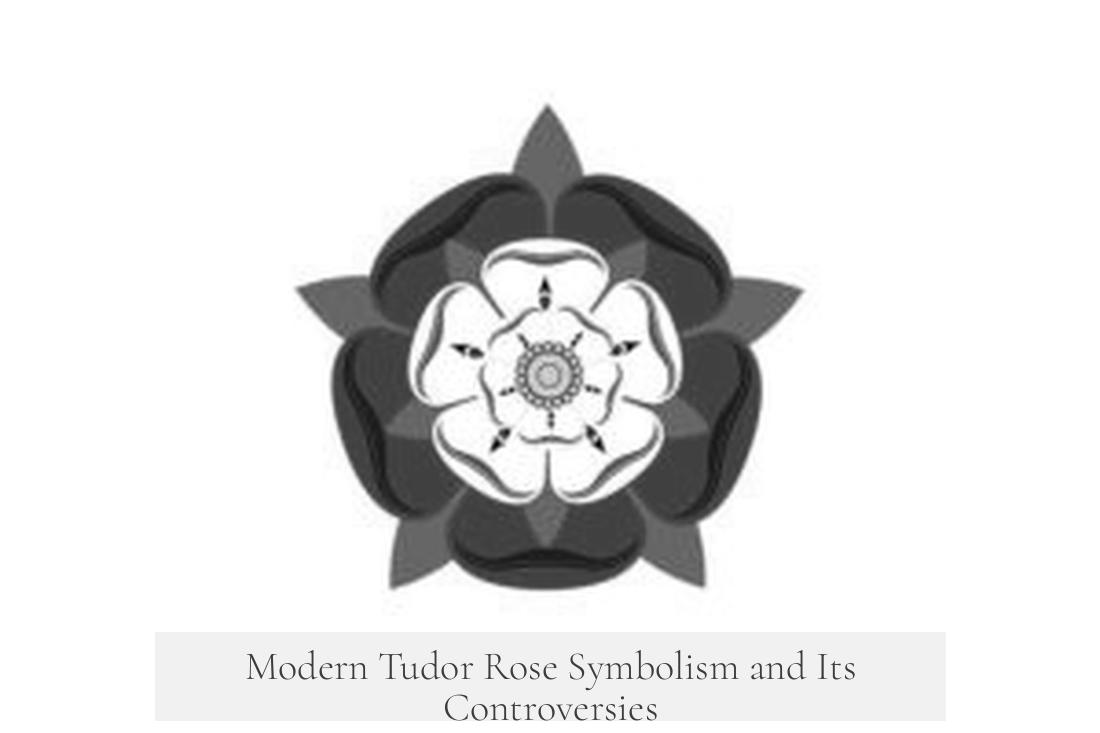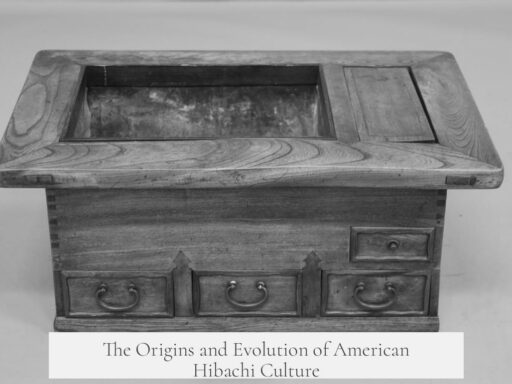The modern Tudor Rose symbolism is not inherently problematic. It originates as a dynastic emblem representing the unification of the Houses of Lancaster and York after the Wars of the Roses. It symbolizes political unity and the legitimacy of Henry VII’s reign rather than oppression, racism, or imperialism.
The Tudor Rose emerged from a turbulent historical period in 15th-century England. After decades of civil wars between the Lancastrians and Yorkists, Henry VII combined the red rose of Lancaster and the white rose of York into one emblem. This union was a political statement aimed at legitimizing his claim to the throne and healing fractured royal bloodlines. Thus, the symbol serves as medieval political propaganda emphasizing peace and dynastic stability.
During the Tudor era, the rose marked a pivotal moment, ushering in a new ruling line that later promoted significant shifts such as the English Reformation. Unlike flags or symbols explicitly tied to racial oppression—such as the Confederate flag—the Tudor Rose has no foundation connected to slavery or racial supremacy.
It is important to distinguish the Tudor Rose from symbols historically co-opted or created to justify subjugation or imperialism. The rose is primarily associated with England’s internal political history rather than colonial ambitions. Its use demonstrates a claim to unity amid fragile succession disputes, rather than an external imperial agenda or racial ideology.
Hypothetically, had England lost to the Spanish Armada during Elizabeth I’s reign, the Tudor Rose might have been discarded or replaced by the new ruling power. This fact highlights that the symbol’s significance is contingent on historical context rather than an inherent negative meaning.
Modern critiques questioning the Tudor Rose as problematic often lack historical grounding. The symbol originated as a form of political messaging akin to a “royal announcement” in medieval times. Its role was to communicate legitimacy and unity, not to represent or endorse oppression.
- The Tudor Rose symbolizes dynastic unity, not oppression or racial supremacy.
- It functions as a medieval political emblem legitimizing Henry VII’s claim.
- The symbol is distinct from flags or symbols linked to slavery or racism.
- It is a symbol of England’s internal political peace, not imperialism.
- Its survival depends on historical events, which could have altered its significance.
- Modern perceptions misinterpreting it as problematic lack historical support.
What does the Tudor Rose symbolize in its historical context?
The Tudor Rose represents the union of the Lancastrian and York families. It was created to show political unity after a long civil war in England. The symbol affirmed Henry VII’s right to rule.
Is the Tudor Rose linked to oppressive or racist ideologies?
No. The Tudor Rose was a symbol of dynastic unity rather than oppression. It differs from flags or symbols explicitly tied to slavery or racism. Its meaning is rooted in political legitimacy, not racial or social injustice.
How is the Tudor Rose different from symbols associated with imperialism?
The Tudor Rose stands for England’s internal political peace, not for empire-building or colonial rule. It was designed to demonstrate unity within England during a unstable period rather than to promote imperial ambitions.
Could the Tudor Rose have lost its significance if history had changed?
Yes. For example, if the Spanish Armada had succeeded, the Tudor Rose would likely have been removed or replaced. Its status depends on historical events, not on any inherent negative quality.
Why do some people today question the Tudor Rose’s symbolism?
Some modern doubts arise without strong historical basis. The Tudor Rose was mainly a political symbol. It did not represent oppression or hatred but was like a royal announcement of unity and peace.




